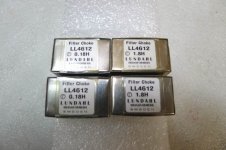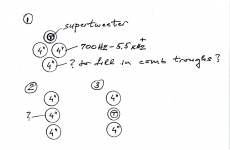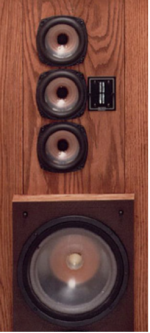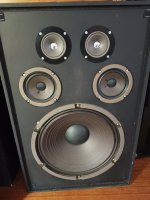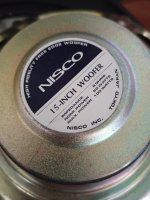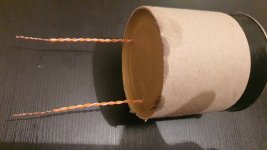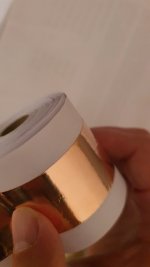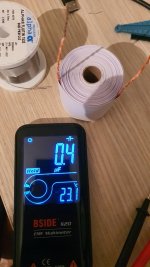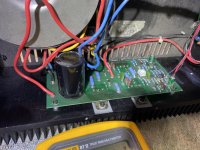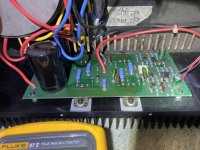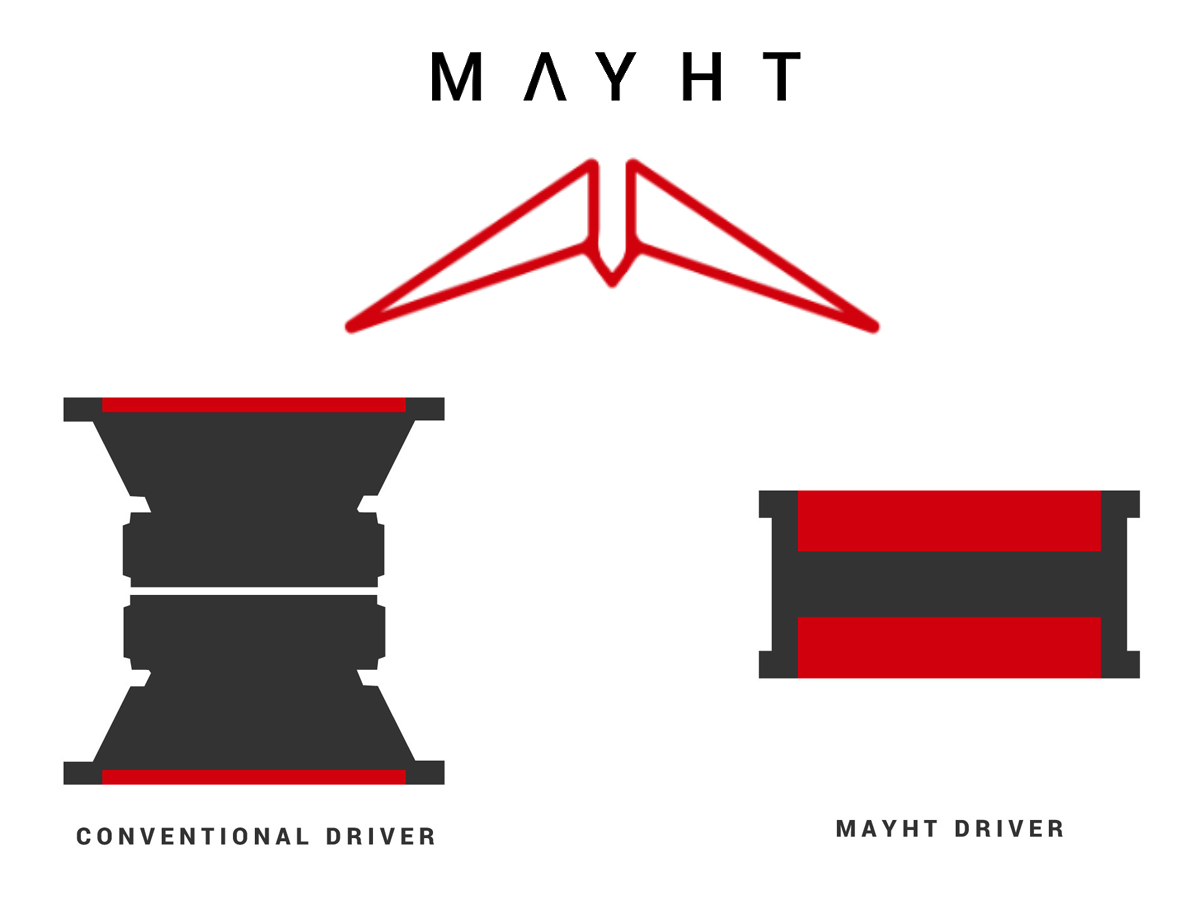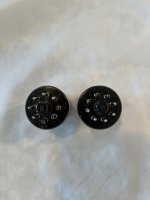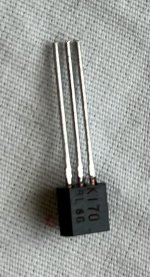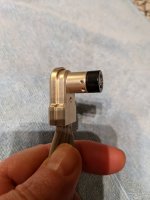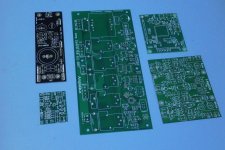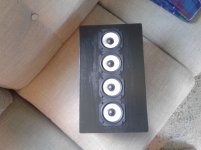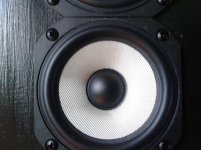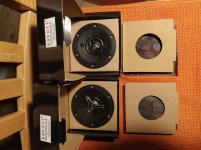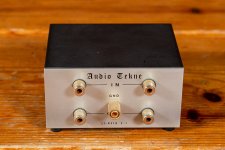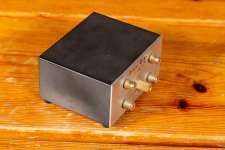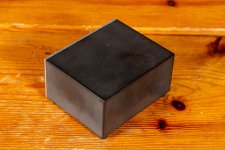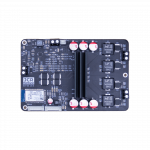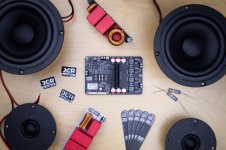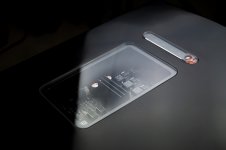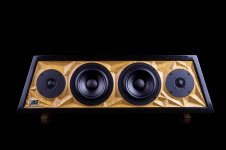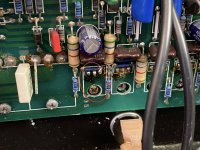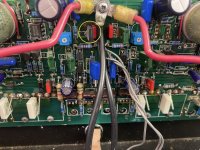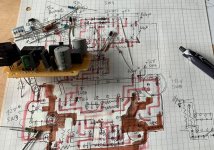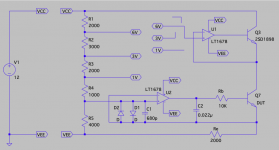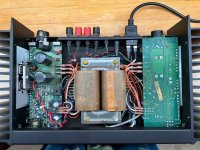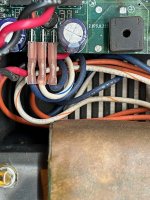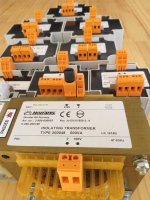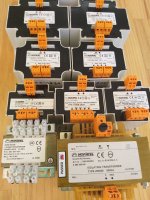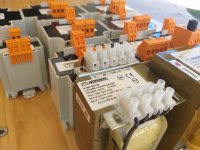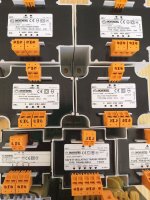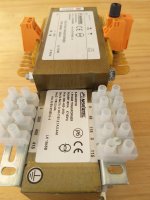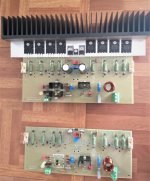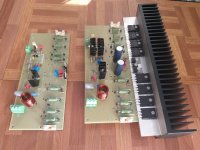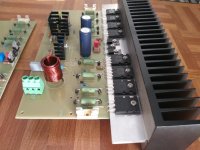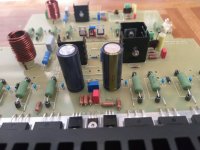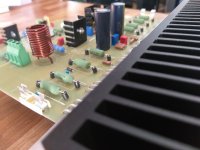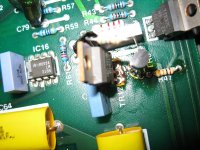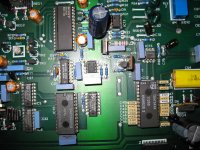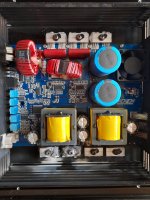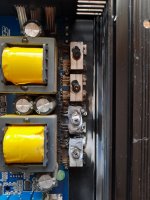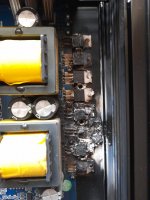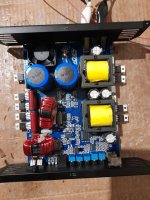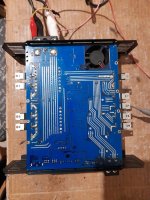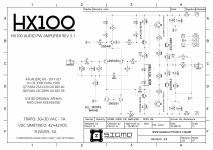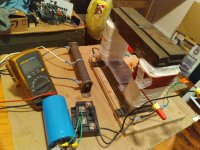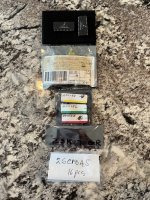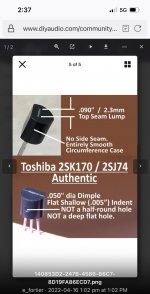I dread starting a capacitor discussion as much as anyone, but I've been looking at datasheets on various brands and types of capacitors to use for the +/- power rails on a SS power amplifier. I work mostly on tube amps, so I have years of experience knowing which type and brand to use for a given application. With SS rail caps, I'm not as sure which way to go.
For example, there are the well-known Nichicon Audio Grade lines like LKG and others. But if you look at the datasheet specs by other companies, you see that in recent years, they have managed to bring ESR down in some cases to half that of the Nichicon Audio Grade capacitors and have increased ripple current figures. Companies like TDK/Epcos and United Chemi-con seem to be leading in this area.
Reading sites like the Elliot Sound Projects pages, there's an emphasis on low ESR for SS power supplies, and I've seen some techs using arrays of smaller capacitors to replace single larger capacitors to lower ESR by putting them in parallel. In other words, I see emphasis on this parameter from multiple sources.
On the other hand, Nichicon specifically markets several lines of capacitors specifically for audio, and I've used several of them with good results in signal path applications like KZ and ES Muse types. For the most part, however, other companies simply don't market their capacitors in this way for specific applications. (Elna comes to mind as another company that does, but they are mainly for signal path.) Nichicon doesn't state exactly what it is about their audio grade capacitors that makes them better for audio.
Making comparisons even more difficult, you have to do a pretty deep dive into the datasheets to compare apples to apples since the various companies don't all report their specs in the same way. Math is involved.
So if I'm looking for a 3300uF capacitor, I could go with a Nichicon LKG "Type II" with 120mΩ ESR. But there is also a Vishay/BC Components capacitor from the MAL2056 series listed as having 67mΩ ESR @ 100Hz and 40mΩ at 10kHz. It's also listed as a 12,000 hour part compared to 1,000 for the Nichicon. Ripple current is about the same as Nichicon, but for a longer life.
Then there's a TDK/Epcos cap from the B41505 series that claims 56mΩ ESR @ 100Hz and 55mΩ ESR @ 10kHz. It also claims around 60% greater ripple current than Nichicon or BC Components and a life of 5,000 hours @ 105C, 12,000 hours @ 85C, and 25,000 hours @ 40C. Looks like this line has been around since 2016.
On paper, it looks like the TDK capacitor would win the specifications contest, but does that lead to better sonic performance specifically for a power supply rail capacitor? Would Nichicon's audio grade sound better even though Nichicon is pretty vague on why that would be the case? Or is it simply the case that Nichicon pursues the audio market in a way their competitors do not? I've used Panasonic and Chemi-con capacitors in some power supplies in the past, as well as Nichicon, but I can't claim one sounded better than the other. They were all very good. And is that the answer? Has performance of all modern electrolytics by top companies gotten so good that it's just splitting hairs as to which is "best"?
